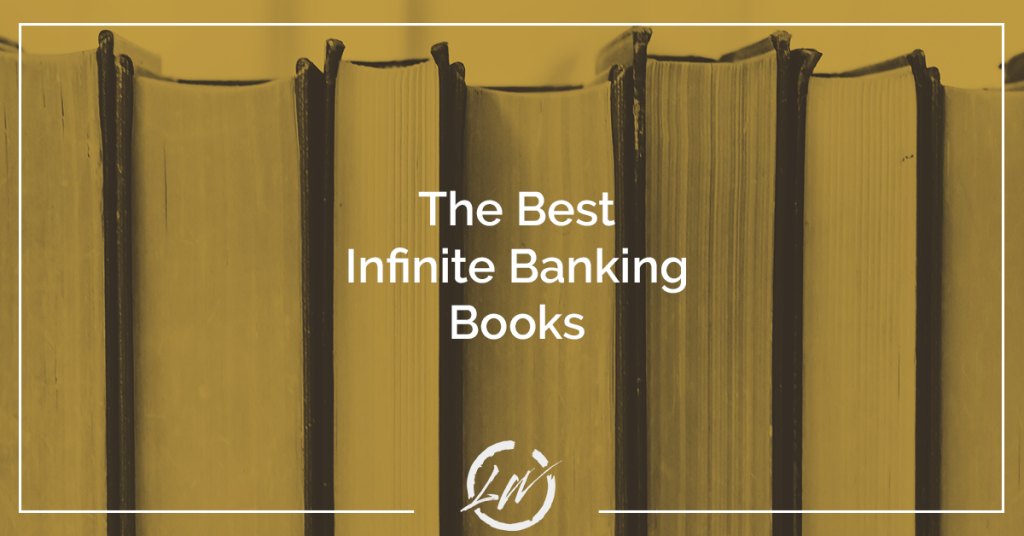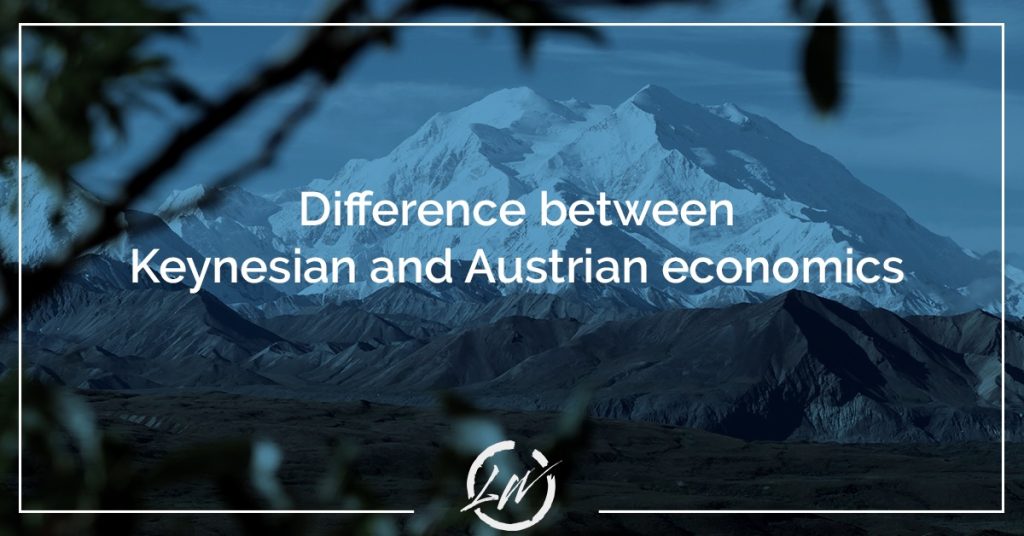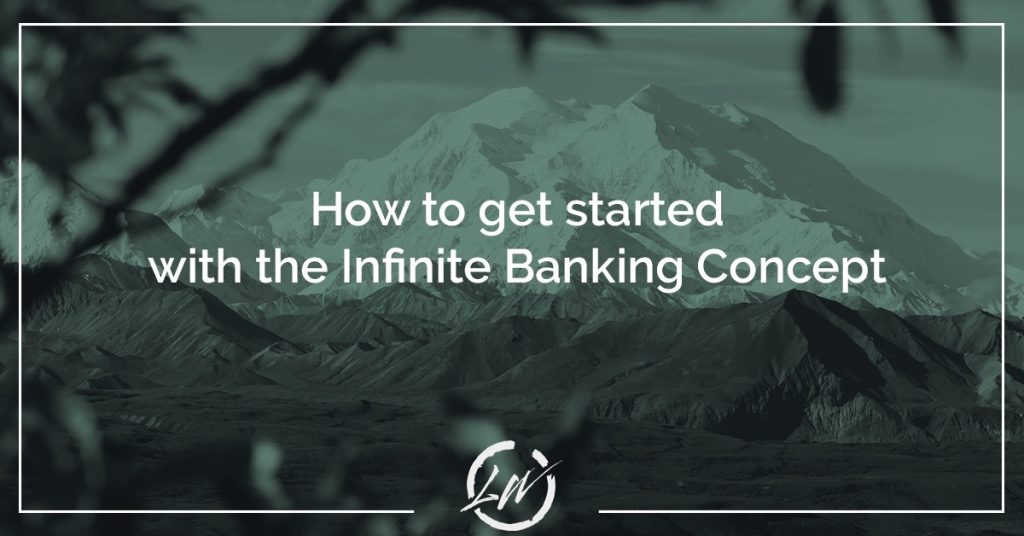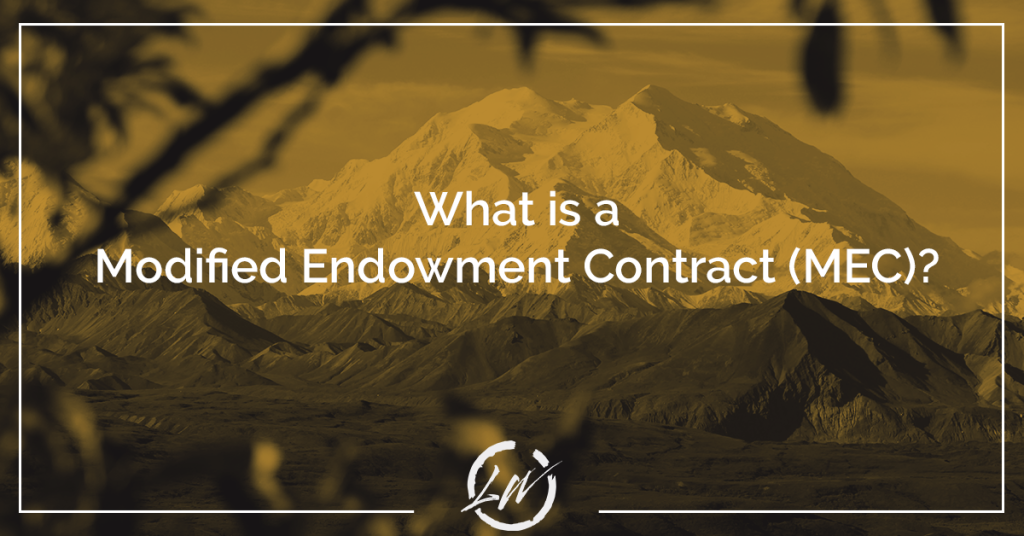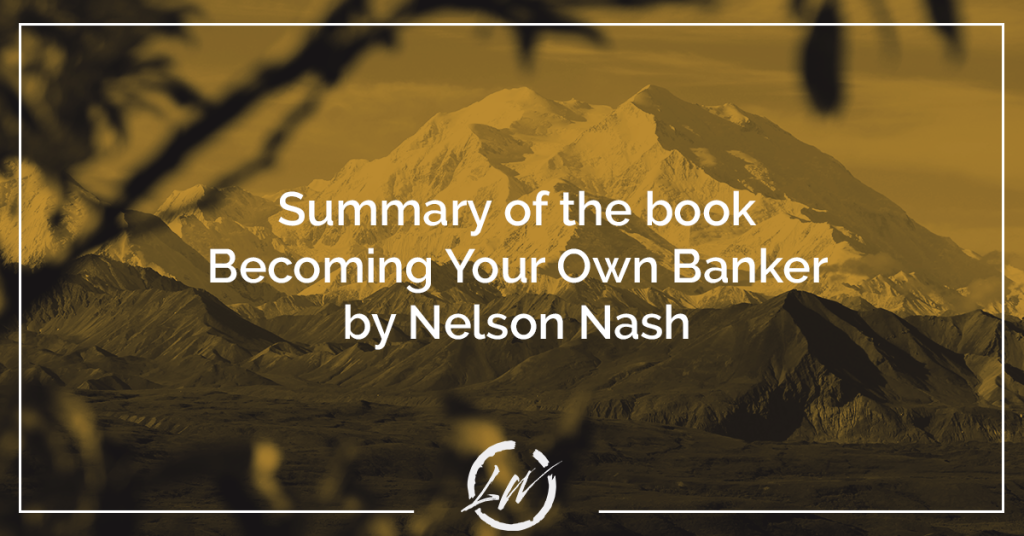
Can I Borrow from a Life Insurance Policy?
Borrowing from life insurance policies can sound daunting to newcomers. There are many things to consider, from policy options to limitations with borrowing. This article answers common questions about infinite banking and outlines everything you need to know about borrowing from life insurance policies. What is life insurance? Most people arriving on this website already



